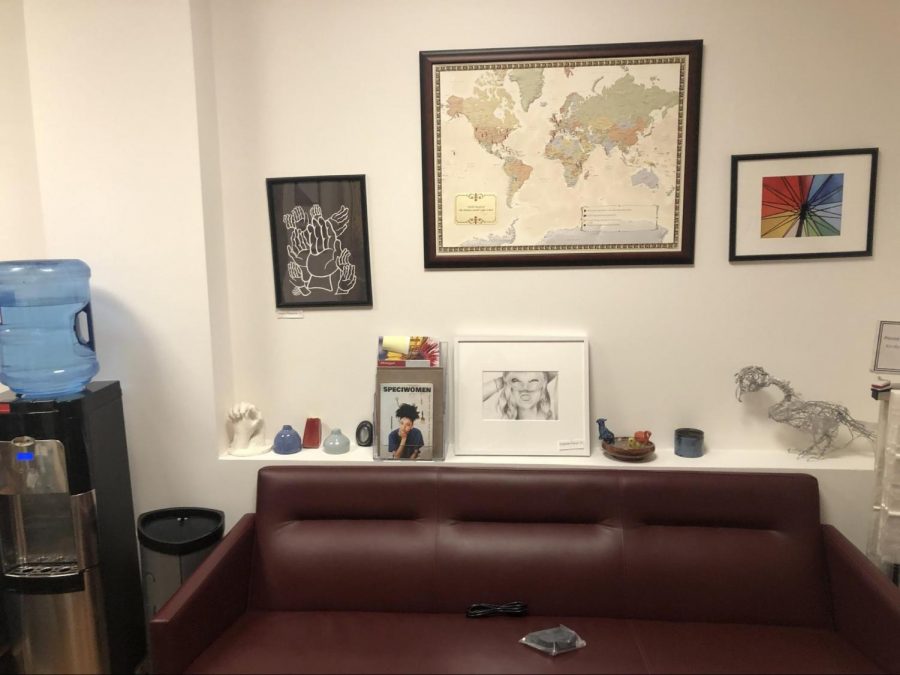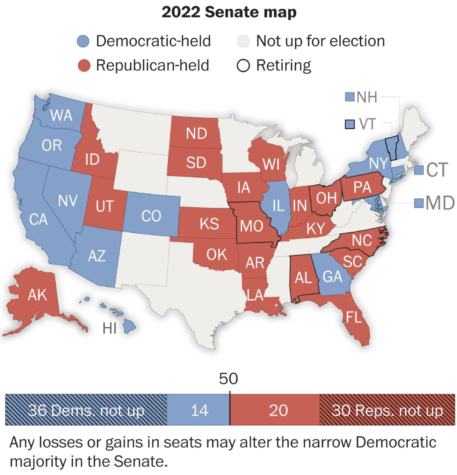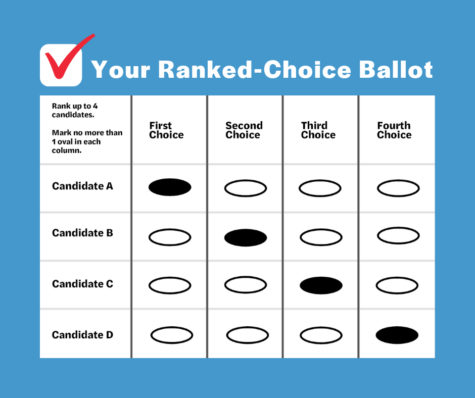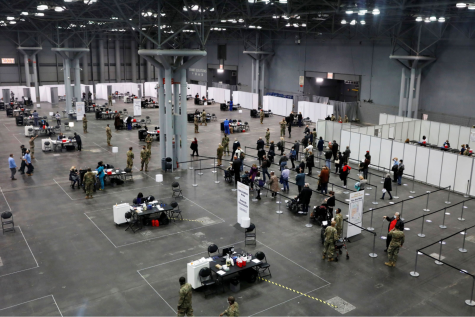Admissions at BC Mid-Pandemic: What’s Changed? What’s Stayed the Same?
Since the outbreak of COVID-19, all aspects of our lives have been completely flipped upside down—from the social aspects to the academic ones. This includes the admissions process, which has been operating remotely here at Berkeley Carroll ever since the pandemic started. As a member of the Key Society, I and other members have worked with the Admissions Team to give tours to prospective families and introduce them to the school community. This year, we conducted these tours virtually on Zoom, which served as a remote alternative to walking families through the halls of the school.
However, that’s not all that the admissions process at BC entails. There are also interviews that happen, and evaluations of potential incoming students that are done behind the scenes. Luckily, I was able to ask Ms. Prescott, Director of Admissions, and Mr. Peña, Associate Director of Admissions, a few questions and get their opinions on the (now-remote) admissions process.
When asked about how the admissions process has changed since the start of the pandemic, Ms. Prescott said that the pandemic allowed her time to reevaluate the ways that the Admissions Team (AT) would function during quarantine. She wanted to make the admissions process “as equitable as possible,” and, referencing the movie Fantasia, wanted the AT to “pivot in the wake of the pandemic.”
Some of the changes that have been implemented so far are making standardized testing optional, and using more virtual and video content (including all events and interviews). Mr. Peña also stressed the importance of providing more flexibility for families to be interviewed: “Traditionally, families interview during school hours. During this year’s cycle, we interviewed as early as 7:30am and as late as 7:00pm.” He also noted that families could include additional recommendations in their applications, since the AT wanted to give families the opportunity to “share recommendations from individuals (teachers, administrators, coaches, etc.) that could speak to their in-person interactions as well.” Of course, families also attend virtual tours led by the Key Society (using photos of Berkeley Carroll’s facilities), virtual open houses, and panel discussions to address any questions or concerns they may have.
Ms. Prescott explained that although virtual Zoom meetings took place instead of in-person interviews, the process was still made unbiased by asking all interviewees the same questions, regardless of who their interviewer was. With the addition of icebreaker questions to the interviewing process, she states that applicants were still given a chance to display their personality and bring “a level of joy and laughter” into the Zoom rooms that differs from what interviewers may observe when conducting interviews in person. Mr. Peña also added that having families interviewed from their homes allowed them to be arguably more comfortable and willing to engage in enthusiastic conversations than they might be in a traditional interview. When evaluating students’ applications, Ms. Prescott mentioned that she was “keenly aware of the inequity in the testing process,” and that many marginalized families would be at a disadvantage if taking the ISEE and SSAT was mandatory. Thus, testing was considered an optional part of the application—a solution that offered a fairer chance for all students to be accepted regardless of their testing status. The Character Skills Snapshot (CSS), which Ms. Prescott describes in The Yield as “ a measurement tool that helps schools assess a student’s character skills through non-subjective means,” was also implemented as a required part of students’ applications.
On top of that, after the “Black@…” pages movement surfaced, Ms. Prescott began considering where there may be internal biases in Admissions. She first examined the “reading” process, in which preliminary decisions about applicants are made prior to sending applicants to the appropriate divisional committees where they are read in teams of 2 or 3. Each team reads approximately 30-50 students, and these reading committees “are comprised of the Head and Ass’t head (US committee only), divisional directors, director of athletics, dean of students, grade deans, learning specialists, English and math department chairs, college counselors (US committee only), and the admissions team.” She was originally confused by the fact that applicants who were accepted during internal meetings were ultimately waitlisted or rejected during the reading process. However, when she read the book “Blindspot: Hidden Biases of Good People”, by Dr. Mahzarin Banaji and Dr. Anthony Greenwald, she soon realized that these sudden and seemingly ungrounded decisions were the result of biases, which Ms. Prescott believes are based on our experiences as well our identities. After reading that book as well as a blog post called “9 forms of Bias in Admissions”, she decided that it was high time for a reformed reading protocol for the committees, and she created a mandatory anti-bias workshop for all members based on the article from said blog.
Although there are many decisions that have yet to be made regarding school events and interviews for the next admissions season, both Mr. Peña and Ms. Prescott believe that regardless of the COVID-19 numbers, these events will still be offered as an option to keep both prospective families and current members of the BC community safe from the spread of the virus, as the Admissions Office is responsible for bringing the largest number of outsiders into the building.
Lastly, when I asked Ms. Prescott and Mr. Peña what their favorite and least favorite parts of operating as part of the Admissions Team on Zoom were, I got very similar responses. Ms. Prescott’s favorite part has been utilizing Zoom functions (such as screen-sharing and putting links into the chat) to quickly share information with others, as such instant access to resources was not possible prior to the pandemic. On the other hand, Mr. Peña’s favorite aspect of remote admissions is “witnessing the combination of care, innovation and flexibility that each member of the team brought to the table,” as these qualities helped the team “to navigate an unprecedented challenge with clarity and minor bumps along the journey.” As for their least favorite parts of remote admissions, Ms. Prescott felt most disheartened by not being able to join together with the rest of the Admissions Team, and having valuable bonding moments in the Admissions suite replaced by weekly Zoom meetings (scheduled to avoid Zoom fatigue) and text group chats. But despite these difficulties, she expressed that she is “reminded of how important it is to stay connected and move forward as a community” during this time. Likewise, Mr. Peña dislikes “missing out on our lunch sit downs and impromptu team meetings,” although he looks forward to when those days return. While we all appreciate the ways that the BC community has adapted to the hardships of the pandemic, I’m sure that many of us agree with Mr. Peña and are also eager to return back to normal, or as close to normalcy as we can get.










